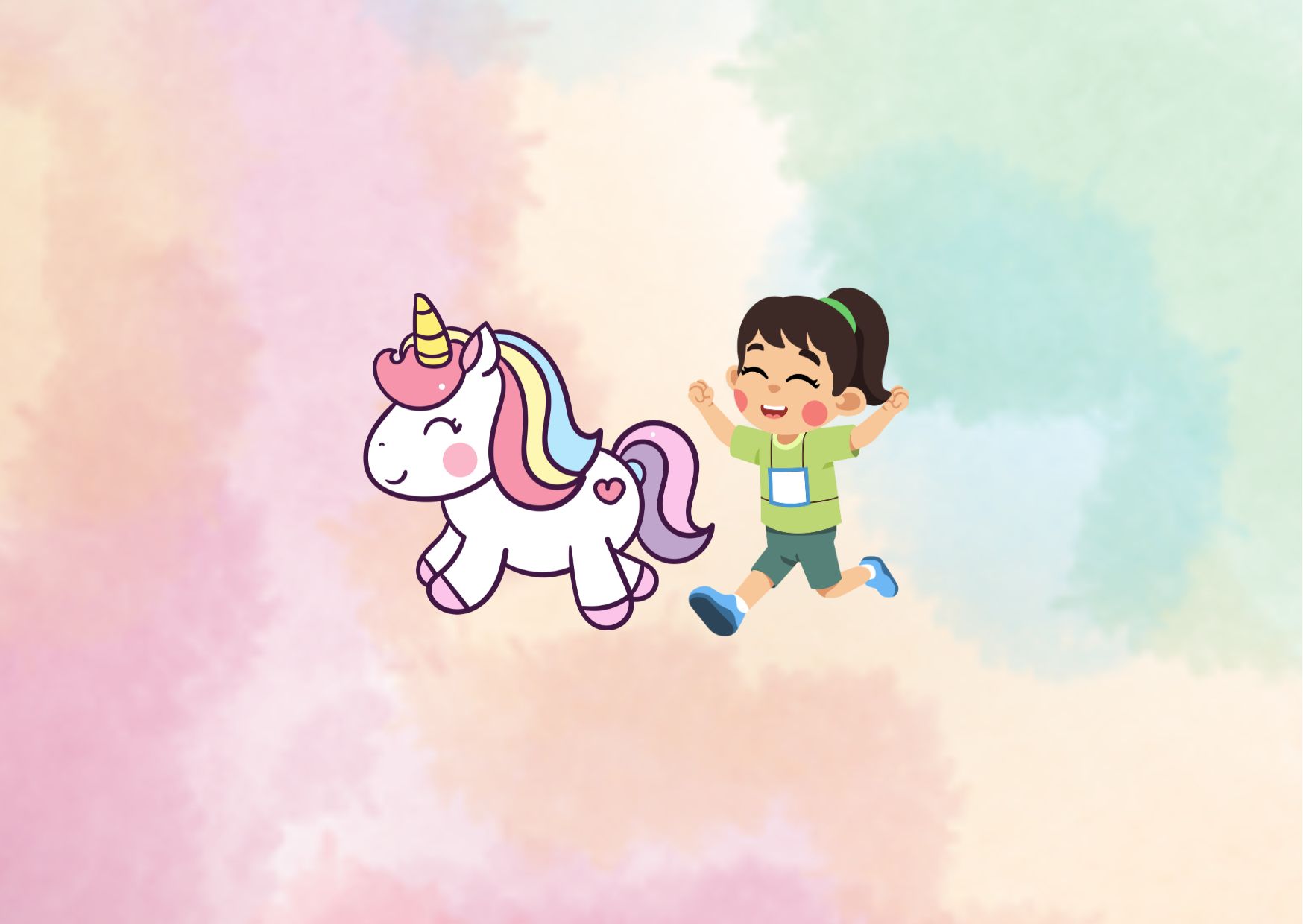How to Understand and Support Kids with Imaginary Friends
Imaginary friends are a common part of childhood development, with research showing that up to 65% of children create these invisible companions before age seven. These make-believe playmates come in various forms, from invisible humans and animals to fantastical creatures, serving as important tools for children’s social and emotional development.
Parents often wonder about the role of imaginary friends in their child’s life and whether this form of play is beneficial or concerning. This article explores the significance of imaginary friends in childhood, their positive impact on creativity and social skills, and practical ways parents can support their children through this developmental phase. Readers will also learn about normal patterns of imaginative play and signs that might warrant professional attention.
What Are Imaginary Friends?
When psychologists study childhood development, they often refer to imaginary companions (ICs) as pretend friends that children create and interact with regularly. These special companions can take various forms and manifest in different ways in a child’s life.
Definition and common characteristics
Imaginary friends come in diverse forms, including:
- Completely invisible beings with distinct personalities
- Personified objects like stuffed animals or dolls
- Human-like characters or animals
- Special friends that appear in specific locations
- Companions with unique abilities or characteristics
These make-believe companions often serve as consistent playmates, confidants, and supporters in a child’s daily life. What makes them particularly interesting is that children maintain full control over their imaginary friends’ actions, personalities, and behaviors, allowing them to create scenarios that suit their emotional and social needs.
Age range when imaginary friends typically appear
The journey with imaginary friends typically begins around age 2½ to 3 years, coinciding with the development of language skills and independent play. These invisible companions are most prevalent among preschool-aged children, though they can persist into early adolescence in some cases.
The duration of these friendships varies significantly. While some children maintain their imaginary companions for several months, others continue these relationships for years. Most children naturally outgrow their imaginary friends by ages 8 or 9, though some may maintain these relationships into their teen years.
Prevalence among children
Research reveals fascinating patterns in the prevalence of imaginary friends among children. Studies show that up to 65% of children have an imaginary companion at some point before age 7, making this phenomenon remarkably common. Interestingly, while preschool girls are initially more likely to have imaginary friends, by age 7, boys are equally likely to engage in this form of imaginative play.
The number and types of imaginary companions can vary significantly from child to child. Some children report having just one special friend, while others create up to thirteen different entities throughout their childhood. Approximately 57% of school-age children create human companions, while 41% prefer animal friends. Perhaps most intriguingly, research has found that about 27% of children have imaginary friends that their parents are completely unaware of, highlighting the personal nature of these relationships.
These invisible companions often remain a stable presence in children’s lives, though they may change or evolve over time. Some children might cycle through different imaginary friends as their needs and interests develop, while others maintain the same companion throughout their childhood years.
The Benefits of Imaginary Friends
Recent research has revealed that imaginary friends play a crucial role in children’s development, offering numerous benefits that extend far beyond simple entertainment.
Enhancing creativity and imagination
Children who engage with imaginary companions demonstrate heightened creative abilities and storytelling skills. Research shows that these children often develop rich, detailed narratives and can create entire worlds (known as ‘paracosms’) with complex societies, geographies, and even languages. This creative play serves as a foundation for:
- Enhanced storytelling abilities
- Improved descriptive language skills
- Advanced narrative creativity
- Increased imaginative problem-solving
- Better ability to think outside conventional boundaries
Developing social skills and emotional intelligence
Dr. Marjorie Taylor’s research reveals that children with imaginary friends score higher on emotional understanding measures. These children demonstrate remarkable social awareness and communication abilities, making them well-equipped for real-world interactions.

